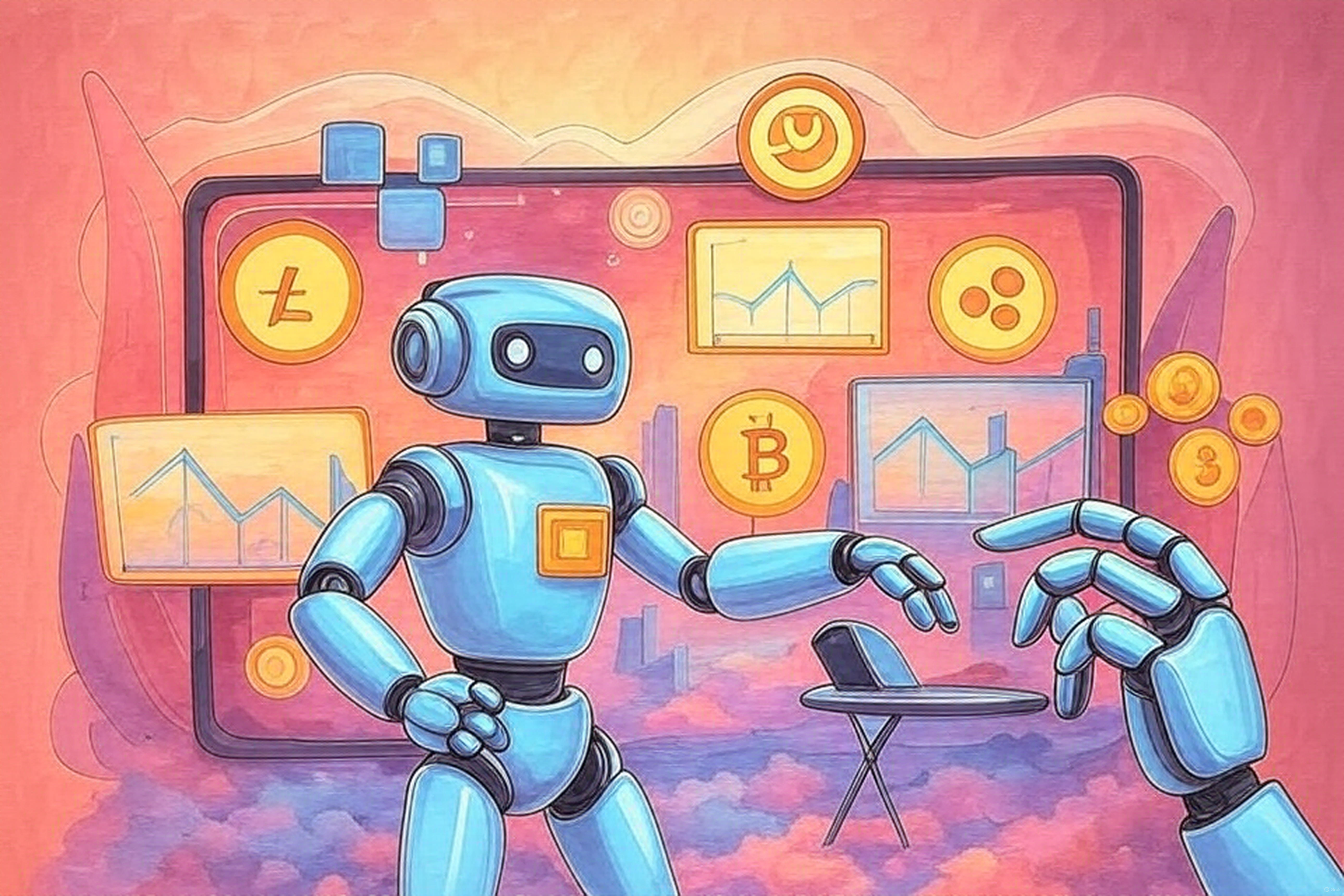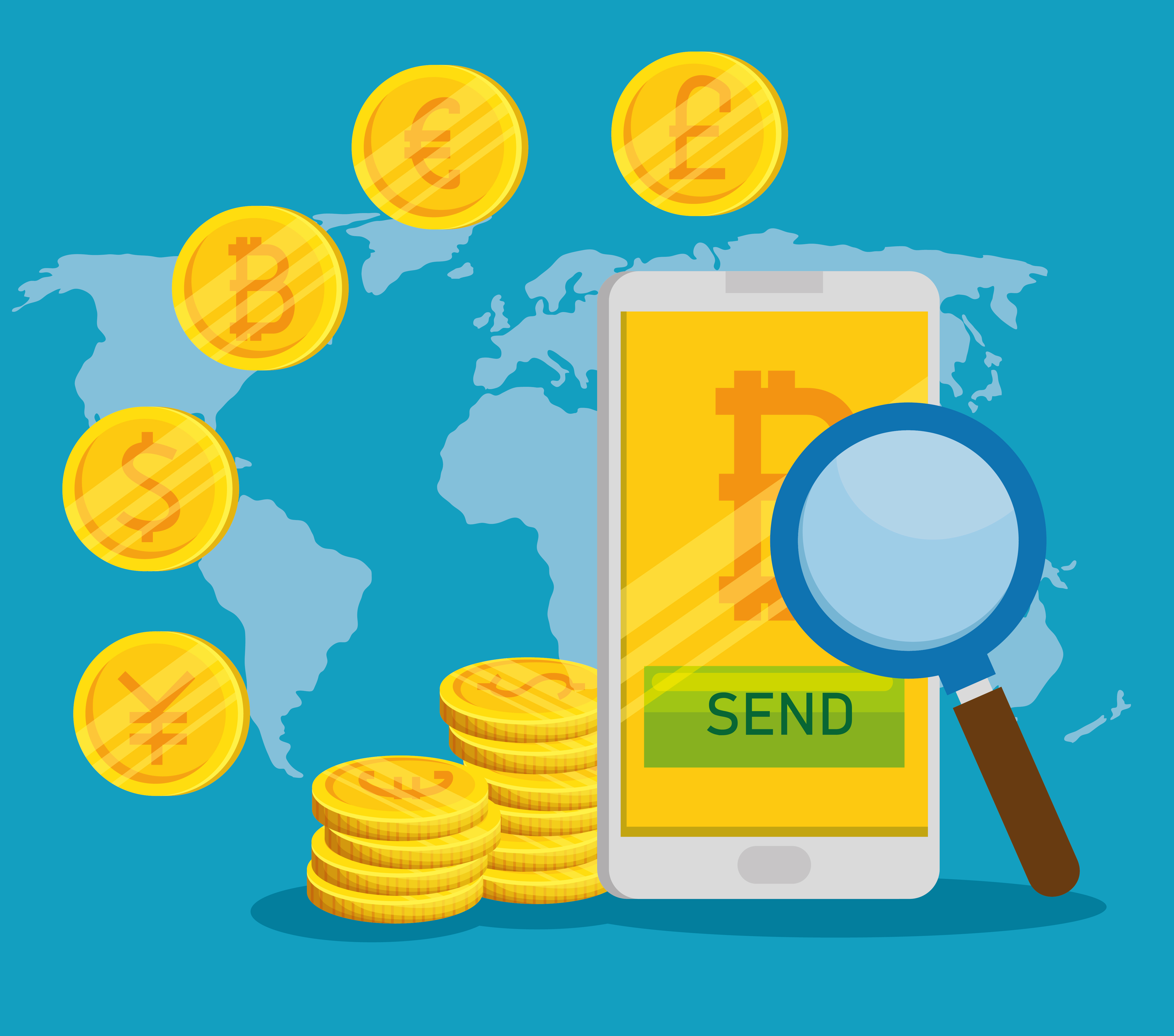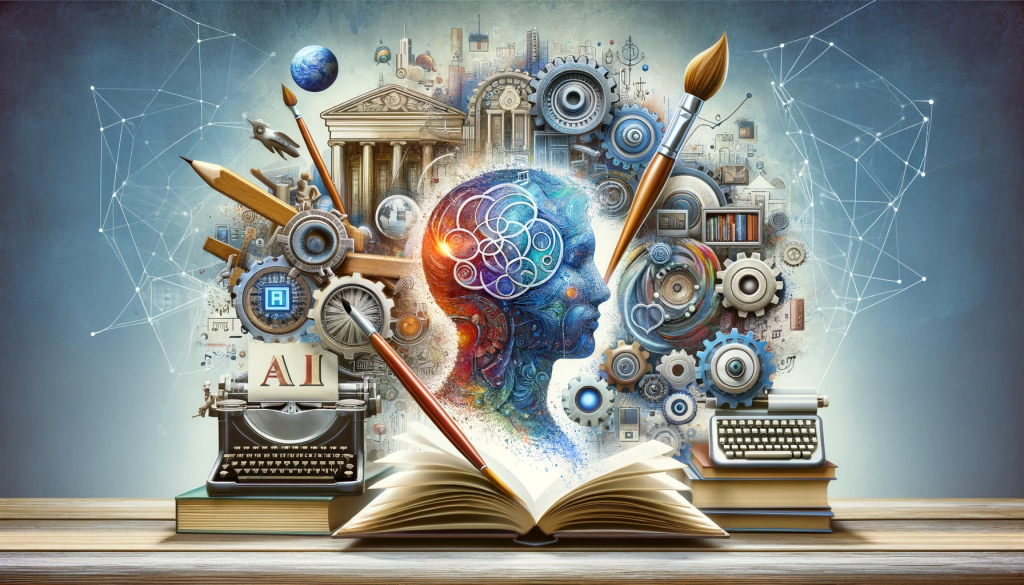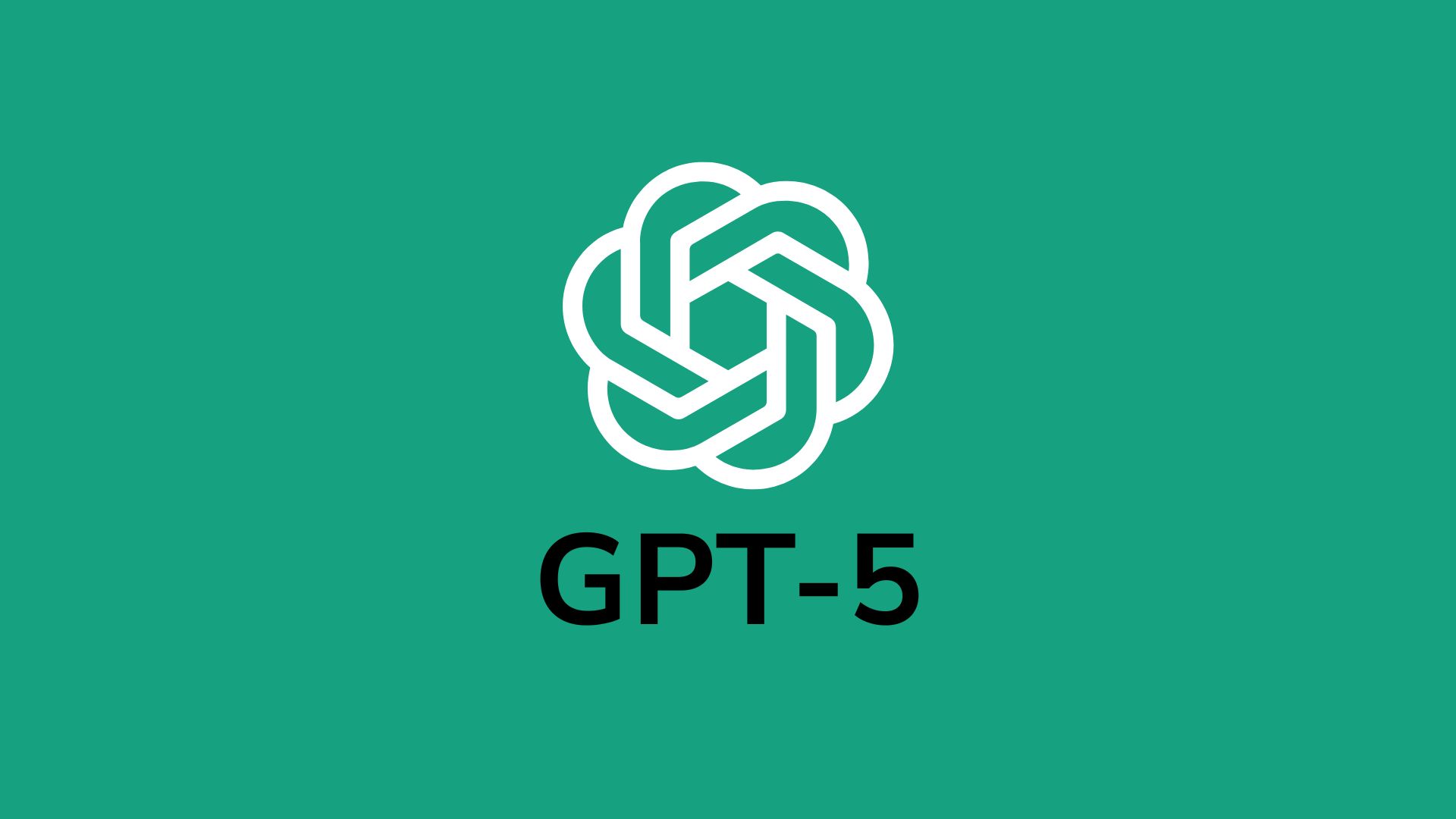Stablecoins have rapidly risen as one of the most promising breakthroughs in the cryptocurrency world. They are neither traditional currency nor the first thing that comes to mind when thinking about crypto; instead, they represent a unique blend of both worlds, combining the stability of fiat with the innovation of digital assets.
In a market often known for wild price swings, stablecoins offer fresh air, enabling practical use of cryptocurrencies for real-world payments and commerce. The real question is, are stablecoins destined to bring crypto into everyday use and unlock their full potential for the masses?
Stablecoin regulation: How global rules drive adoption
Regulators worldwide are stepping up to define clear rules for stablecoins, signalling growing market maturity and increasing confidence from major financial institutions. Recent legislative efforts across multiple jurisdictions aim to establish firm standards such as full reserves, audits, and licensing requirements, encouraging banks and asset managers to engage more confidently with stablecoins.
These coordinated global moves go beyond simple policy updates; they are laying the foundation for stablecoins to evolve from niche crypto assets to trusted pillars of the future financial ecosystem. Regulators and industry leaders are thus bringing cryptocurrencies closer to everyday users and embedding them into daily financial life.
Corporations and banks embracing stablecoins: A paradigm shift
The adoption of stablecoins by big corporations and banks marks a significant turning point, and, in some ways, a paradox. Once seen as an enemy of decentralised finance, these institutions now seem to be conceding and joining the movement they once resisted – what you fail to control – can ultimately win.
Retail giants such as Walmart and Amazon are reportedly exploring their stablecoin initiatives to streamline payments and foster deeper customer engagement. On the banking side, institutions like Bank of America, JPMorgan Chase, and Citigroup are developing or assessing stablecoins to integrate crypto-friendly services into their offerings.
Western Union is also experimenting with stablecoin solutions to reduce remittance costs and increase transaction speed, particularly in emerging markets with volatile currencies.
They all realise that staying competitive means adapting to the latest shifts in global finance. Such corporate interest signals that stablecoins are transitioning from speculative assets to functional money-like assets capable of handling everyday transactions across orders and demographics.
There is also a sociological dimension to stablecoins’ corporate and institutional embrace. Established institutions bring an inherent trust that can alleviate the scepticism surrounding cryptocurrencies.
By linking stablecoins to familiar brands and regulated banks, these digital tokens can overcome cultural and psychological barriers that have limited crypto adoption, ultimately embedding digital currencies into the fabric of global commerce.
Stablecoins and the rise of AI-driven economies
Stablecoins are increasingly becoming the financial backbone of AI-powered economic systems. As AI agents gain autonomy to transact, negotiate, and execute tasks on behalf of individuals and businesses, they require a reliable, programmable, and instantly liquid currency.
Stablecoins perfectly fulfil this role, offering near-instant settlement, low transaction costs, and transparent, trustless operations on blockchain networks.
In the emerging ‘self-driving economy’, stablecoins may be the preferred currency for a future where machines transact independently. Integrating programmable money with AI may redefine the architecture of commerce and governance. Such a powerful synergy is laying the groundwork for economic systems that operate around the clock without human intervention.
As AI technology continues to advance rapidly, the demand for stablecoins as the ideal ‘AI money’ will likely accelerate, further driving crypto adoption across industries.
The bridge between crypto and fiat economies
From a financial philosophy standpoint, stablecoins represent an attempt to synthesise the advantages of decentralisation with the stability and trust associated with fiat money. They aim to combine the freedom and programmability of blockchain with the reassurance of stable value, thereby lowering entry barriers for a wider audience.
On a global scale, stablecoins have the potential to revolutionise cross-border payments, especially benefiting countries with unstable currencies and limited access to traditional banking.
Sociologically, stablecoins could redefine the way societies perceive money and trust. Moving away from centralised authorities controlling currency issuance, these tokens leverage transparent blockchain ledgers that anyone can verify. The shift challenges traditional power structures and calls for new forms of economic participation based on openness and accessibility.
Yet challenges remain: stablecoins must navigate regulatory scrutiny, develop secure infrastructure, and educate users worldwide. The future will depend on balancing innovation, safety, and societal acceptance – it seems like we are still in the early stages.
Perhaps stablecoins are not just another financial innovation, but a mirror reflecting our shifting relationship with money, trust, and control. If the value we exchange no longer comes from paper, metal, or even banks, but from code, AI, and consensus, then perhaps the real question is whether their rise marks the beginning of a new financial reality – or something we have yet to fully understand.
Would you like to learn more about AI, tech and digital diplomacy? If so, ask our Diplo chatbot!














